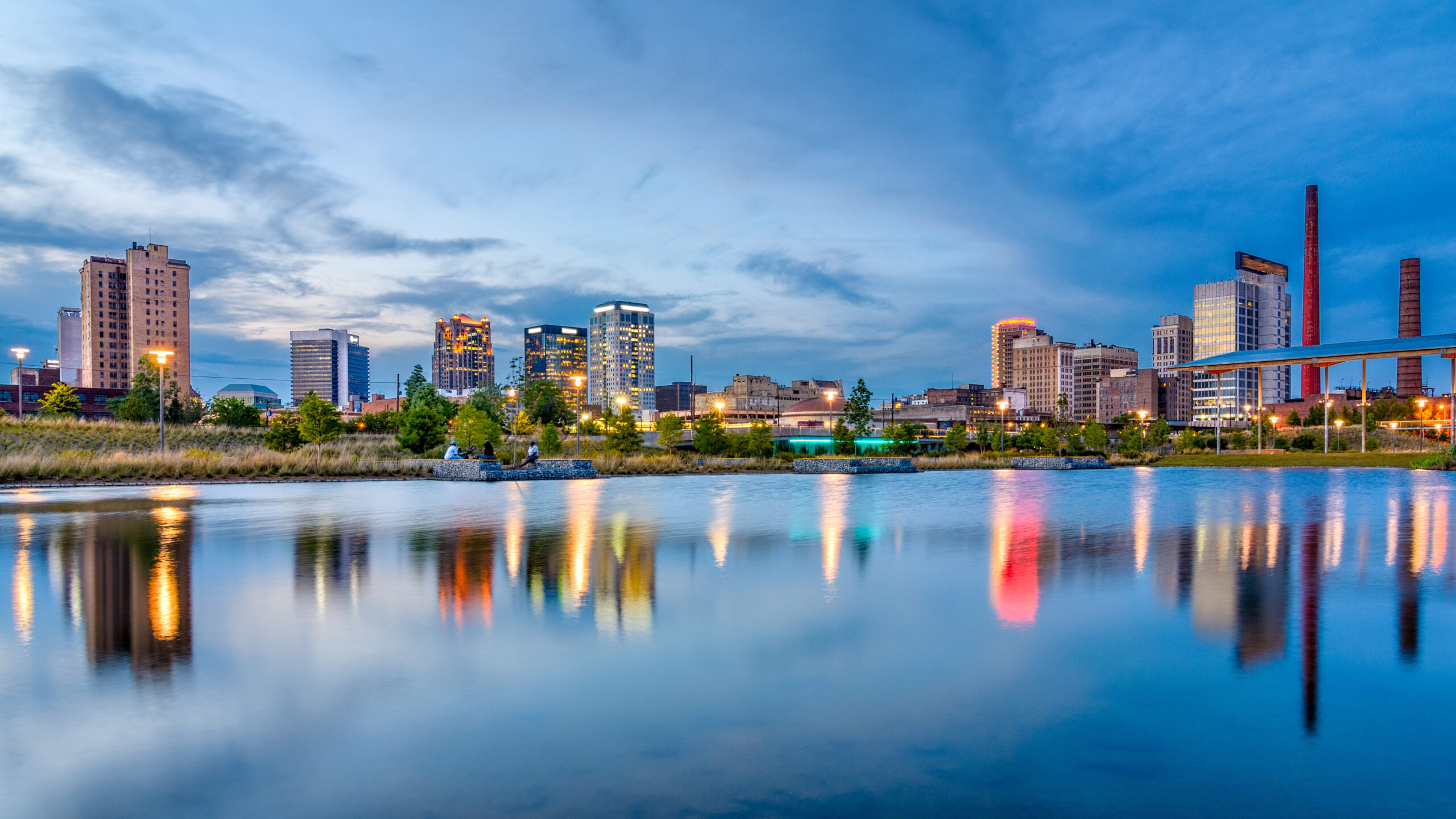Rethinking Rural Potential
When people hear the word “retail,” their minds often go straight to city centers, suburban shopping malls, or trendy urban districts. But I’ve spent years traveling Alabama’s backroads and sitting at the tables of small-town chambers, and I can tell you: retail is just as important—if not more—in rural communities.
In fact, rural retail plays a critical role in how we define, support, and sustain economic development in underserved areas. It’s not just about stores and revenue—it’s about identity, access, and keeping dollars local. If we’re serious about revitalizing small towns, then we must be equally serious about building retail strategies that reflect rural culture and community needs.
Why Local Retail Matters in Small Towns
Small-town retail does more than fill storefronts. It supports families, creates jobs, and keeps communities connected. In many rural places, the local grocery store is the only food source for miles. The hardware store is run by a family who knows every customer by name. The boutique down the street doesn’t just sell gifts—it’s part of the town’s charm and appeal to visitors.
When these businesses thrive, the local economy thrives. And when they disappear, the loss is felt deeply—not just in lost sales tax or empty windows, but in the social and emotional fabric of the community.
I’ve seen firsthand how a single retail closure can ripple through a rural town. It’s not just about one building—it affects foot traffic for nearby businesses, eliminates local sponsorships for school events, and even drives residents to shop in neighboring counties or online, draining the local economy further.
That’s why I say with confidence: retail is rural. And it’s time we treat it as a foundational pillar in small-town development.
Start With Identity, Not Imitation
One of the most common mistakes in rural retail development is trying to copy what works in larger cities. But rural areas don’t need to imitate—they need to amplify what makes them unique.
Successful small-town retail starts by leaning into local identity. What does the community care about? What’s the cultural story behind the place? Is it a farming town, a historical destination, a hub for outdoor recreation, or a crossroads for nearby counties?
From that identity, we build retail that fits. Maybe that looks like a farm-to-table café using locally grown ingredients. Maybe it’s a mercantile with regional goods or a downtown general store that becomes a modern gathering place.
When people can see themselves—and their history—in the businesses that line Main Street, they’re more likely to support them. Visitors are more likely to return. And retail becomes not just commerce, but connection.
Infrastructure Is Part of the Equation
Attracting and growing rural retail isn’t just a matter of good business ideas—it’s also about smart infrastructure planning.
I’ve worked with towns where potential retailers walked away because sidewalks were crumbling, parking was limited, or signage regulations made visibility impossible. Others lacked the broadband necessary for modern point-of-sale systems, or had zoning codes so outdated they discouraged mixed-use development.
That’s why I push rural leaders to think holistically. Infrastructure isn’t just roads and sewers—it’s walkability, lighting, Wi-Fi access, safety, and design. When you create an environment that’s welcoming and functional, you lower the barriers for entrepreneurs to invest.
Sometimes a single streetscape project—a few benches, new lighting, better signage—is enough to attract new tenants and spark momentum. But it takes vision and follow-through.
Incentivize the Right Way
In rural communities, the margins for small business owners can be thin. So smart, locally tailored incentives can make a huge difference.
I’ve seen towns offer rent assistance to new retailers in exchange for a two-year commitment. Others provide microgrants for storefront improvements, or work with community banks to create low-interest loans for local startups.
The key is to support businesses that are rooted in the community, not just passing through. It’s not about chasing big chains—it’s about cultivating local ownership, diversity of offerings, and long-term investment.
And let’s not forget the importance of promotion. When local governments and economic developers get behind their small business community with social media campaigns, coordinated events, and shopping nights, the entire retail ecosystem grows stronger.
Don’t Forget Downtown
Revitalizing downtown isn’t just about aesthetics—it’s about clustering retail in a way that builds momentum. In rural towns, a strong downtown can act as both a commercial hub and a symbol of civic pride.
Walkable, active downtowns attract residents, tourists, and future investors. They’re the perfect place to host farmers markets, seasonal festivals, and shop-local campaigns. But these spaces don’t fix themselves. They require planning, cooperation between property owners, and long-term strategy.
That’s why in every town I visit, I encourage leaders to prioritize downtown as a central part of their economic plan—not an afterthought.
Rural Doesn’t Mean Outdated—It Means Opportunity
We must break the myth that retail in rural areas is somehow less modern, less relevant, or less deserving of investment. Rural communities are full of savvy consumers, creative entrepreneurs, and regional visitors looking for authentic experiences.
When we bring together local pride, smart planning, and targeted support, rural retail can become a powerful economic driver. Not just a place to shop—but a place to gather, grow, and thrive.
Let’s Build Main Street, Together
In all my years of working across Alabama, I’ve learned that the best ideas don’t always come from boardrooms—they come from farmers, teachers, teenagers, and shopkeepers. People who love their town and want to see it flourish.
Retail is rural because rural communities deserve more than survival—they deserve to shine. And with the right strategy, leadership, and heart, we can redefine what growth looks like outside the city.
Let’s build that future together—one storefront, one story, and one small town at a time.
